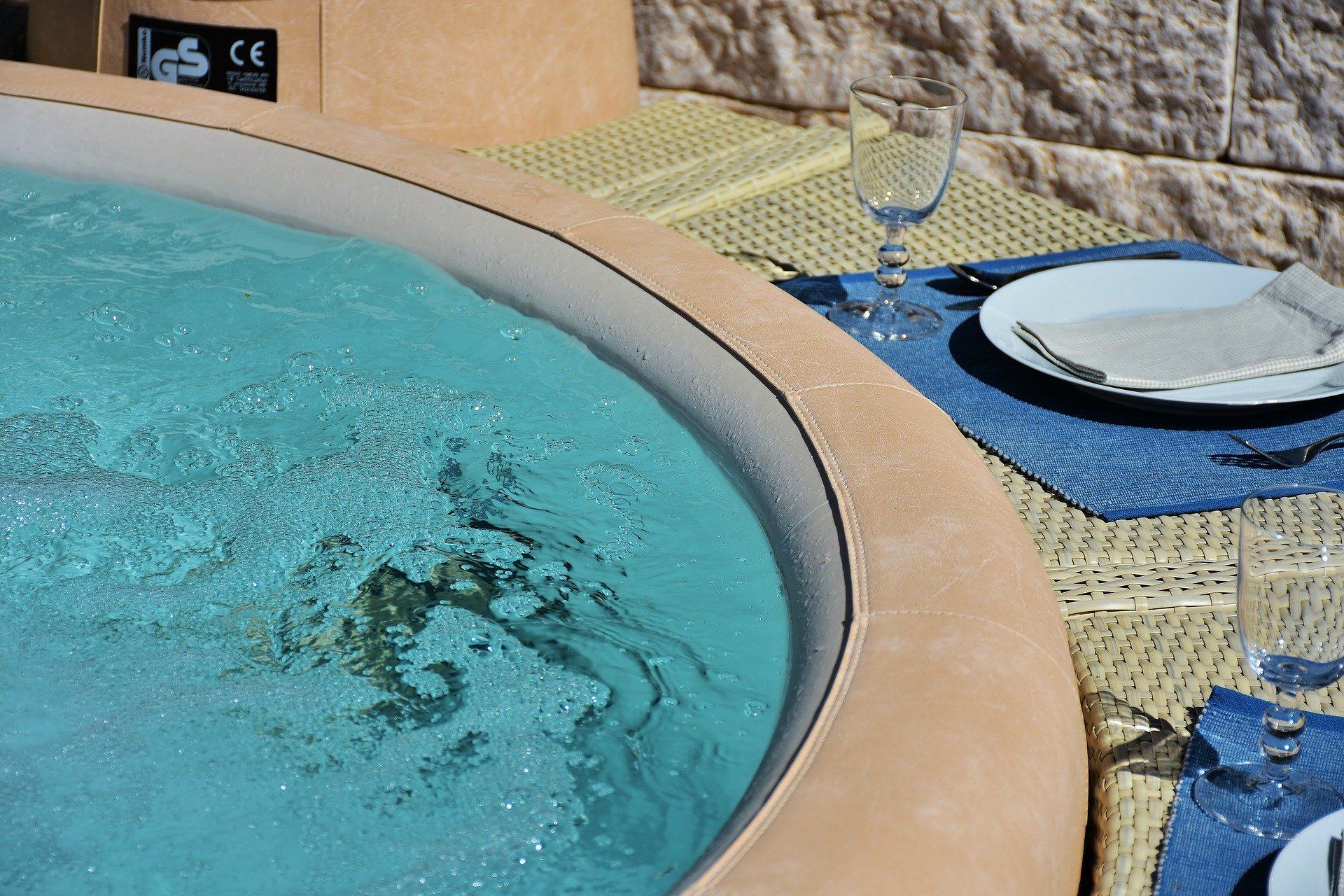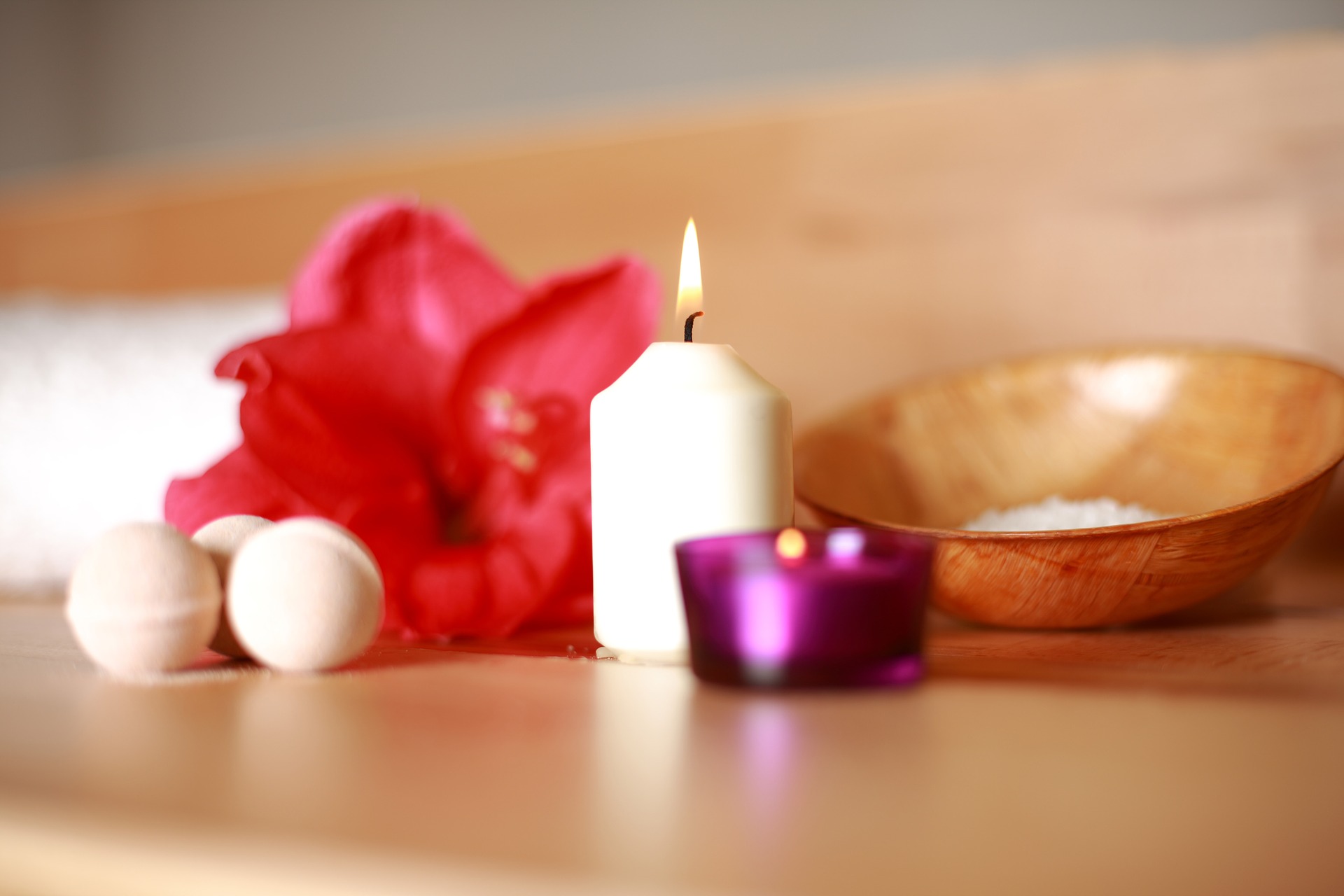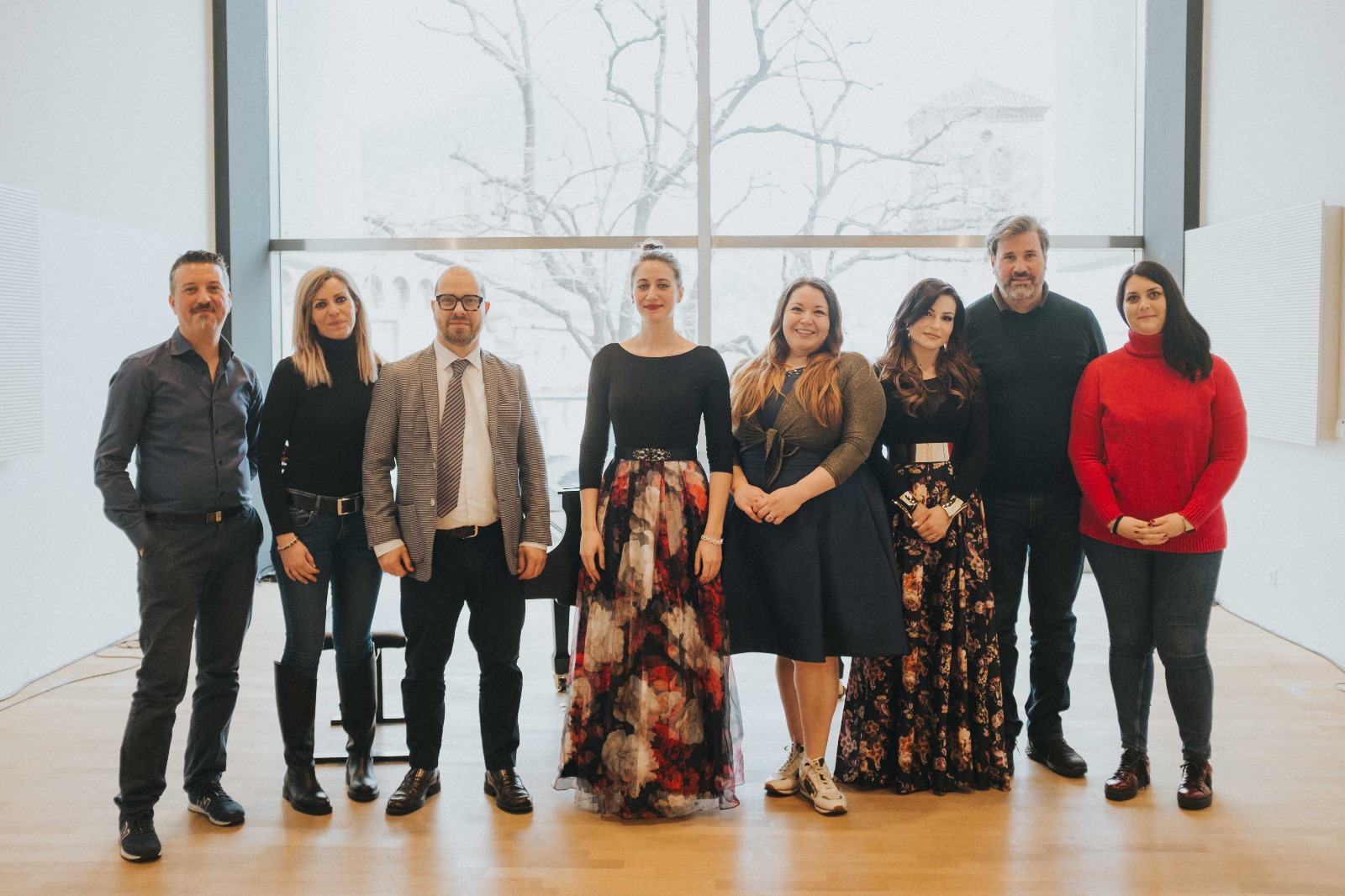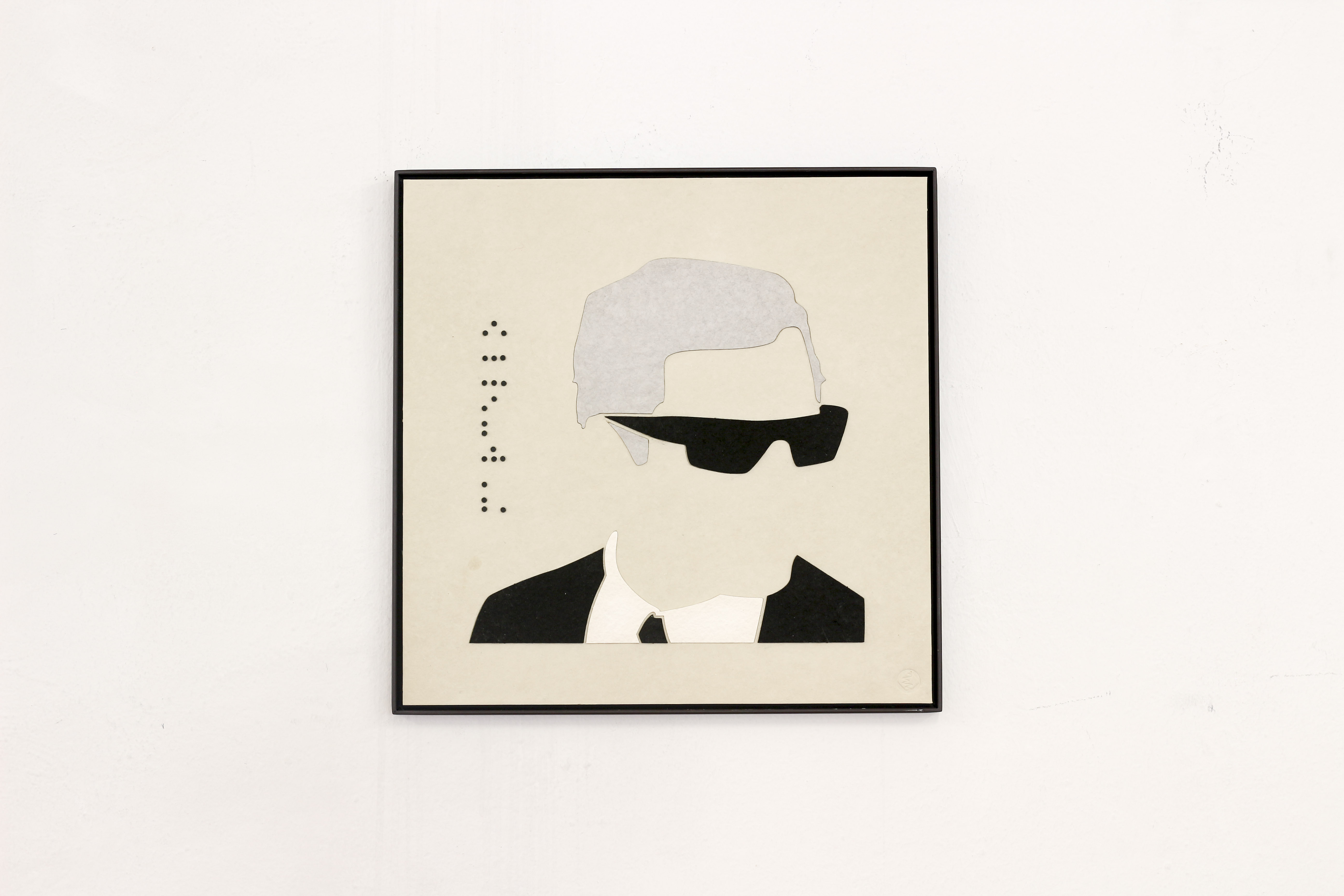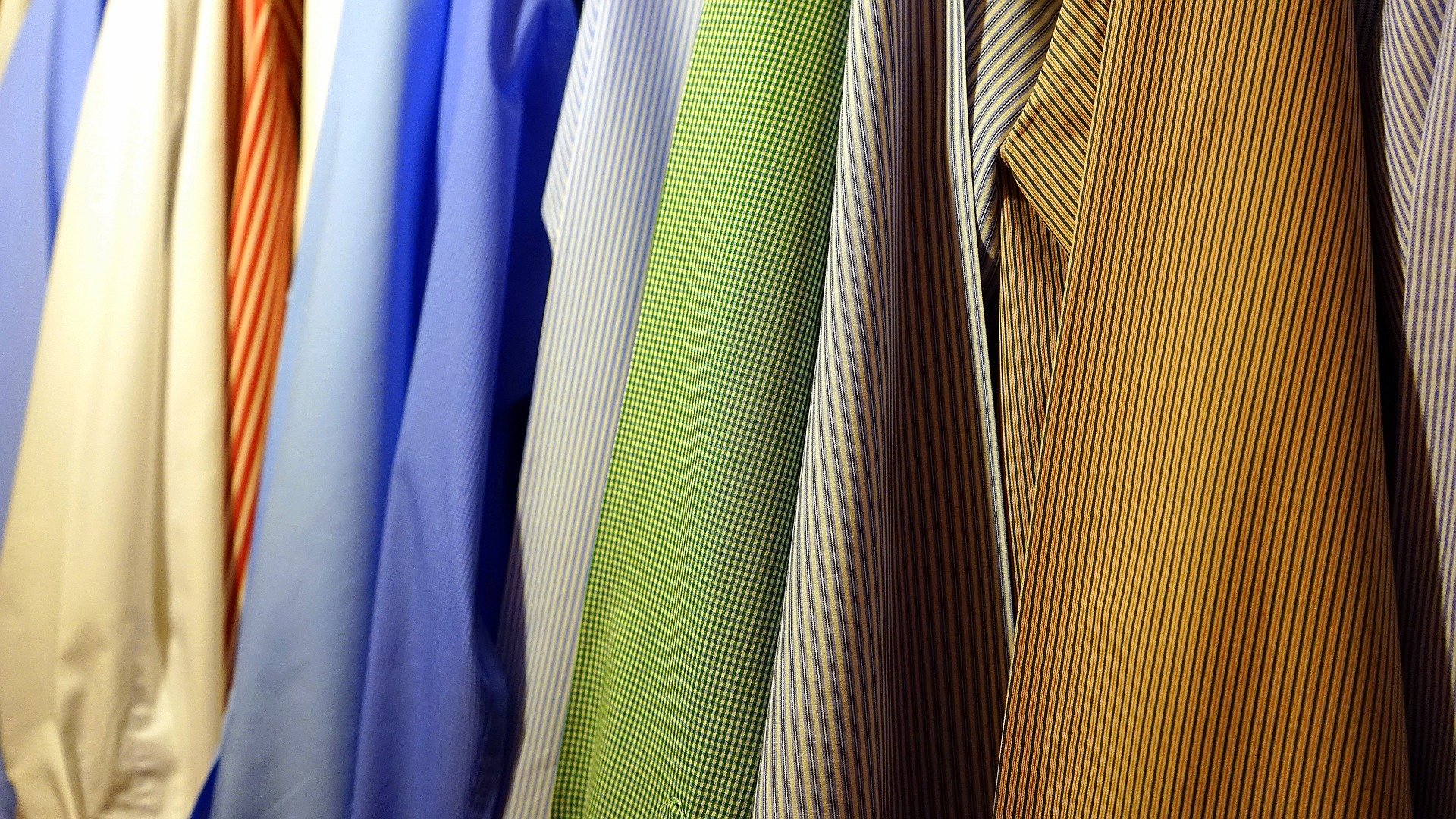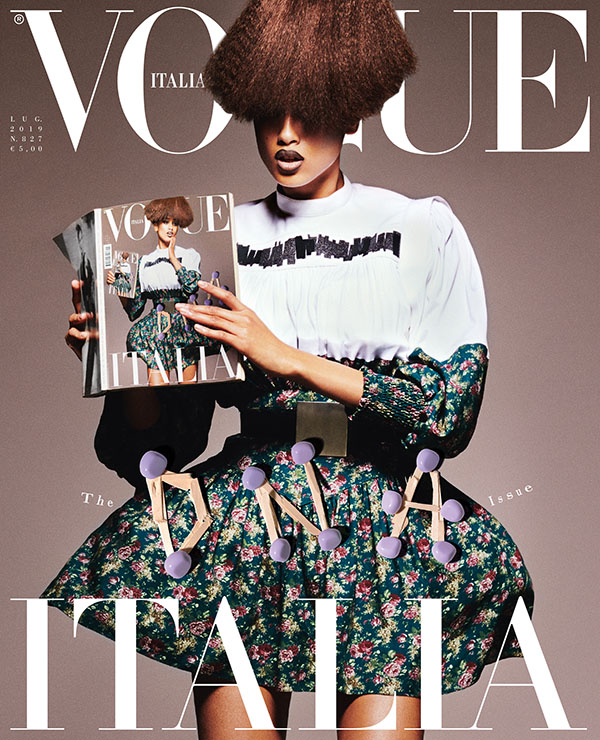Global luxury goods industry is improving and China has played a leading role in the growth of global luxury goods market. According to Deloitte, “in 2018, China spent $145.7 billion on luxury goods, accounting for a whopping 42% of the total global luxury goods market. China’s 2018 spending increased 7% over the previous year”.
It’s expected that by 2025 Chinese consumers will purchase half of the globe’s luxury goods and lower tier cities will have a significant part to play. As underlined by Deloitte, “online sales of luxury goods are also growing rapidly in China. In 2018, luxury e-commerce reached $5.3 billion in China, an increase of about 37% over 2017 and accounted for nearly 14% of the domestic luxury goods market”.
According to data by the end of this year, luxury goods e-commerce experienced explosive growth, plus in 2019, online sales of luxury goods exceed $7.3 billion in China. Deloitte said how “the rapid growth in China’s luxury goods market is largely driven by new policies promoting the flow of luxury goods consumption back to China home market , by the emergence of new consumer groups and the continued rise in purchasing power in 4th- and 5th-tier cities, and by new technology enhancing user experience and precision marketing”.
First-tier cities have the lion’s share but lower-tier cities catch up fast. In terms of market scale, Beijing and Shanghai lead in luxury goods consumption in China, 2nd tier cities are following right behind. Accoridng to data First- and 2nd-tier cities account for 56% of luxury goods consumption, but 3rd-tier cities are the real surprise and have begun to demonstrate strong purchasing power, with Southwest and North China emerging as a force to reckon with. even greater development potential has appeared in 4th-tier cities. In 5th-tier cities, the proportion of luxury goods consumers has exceeded 20%.
What about these new wave of buyers? Online luxury goods consumers are mainly in East, Southwest and North parts of China, accounting for 63% of total population where the majority of online consumers in low-tier cities consist of young people under the age of 30, among whom males account for a relatively high proportion. These males prefer the classic luxury brands in terms of men’s clothing, 3C digital products and skin care products. However, despite the high proportion of males making purchasese, females are the major users.
Overall, the number of male consumers has surpassed female consumers in terms of online luxury goods consumption.
More than 50% of consumers are 18-30 of age. And the post-90s have become the main online consumers. But most consumers are married, followed by the unmarried (single) group. Smart youth, trendy fashion ladies and Business professionals are three representative types of luxury goods consumers in low-tier cities.
The most important factors affecting purchasing decisions are exquisite packaging, cost competitiveness, beautification effects and styling. Moreover, as reported by Deloittte, “by comparing the proportion of sales of luxury goods in different categories in all-tier cities, it can be found that online consumers in low-tier cities tend to spend more on categories such as men’s clothing, men’s shoes, 3C digital product and skin care product. As for consumers in first-tier cities, they prefer traditional luxury goods such as bags, watches, jewellery, women’s clothing and women’s shoes”.
















